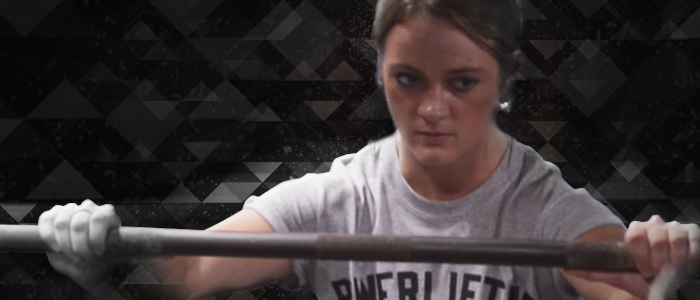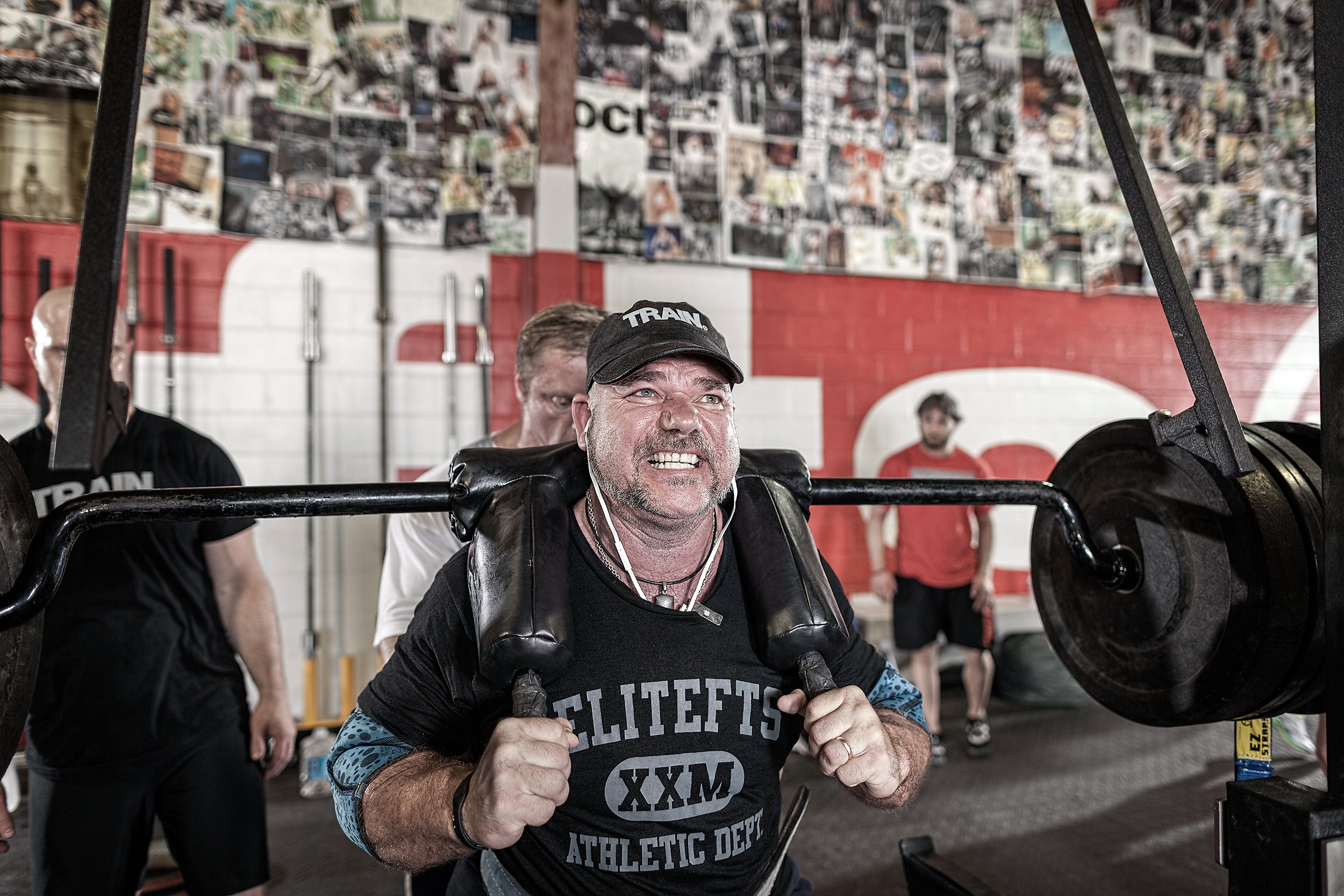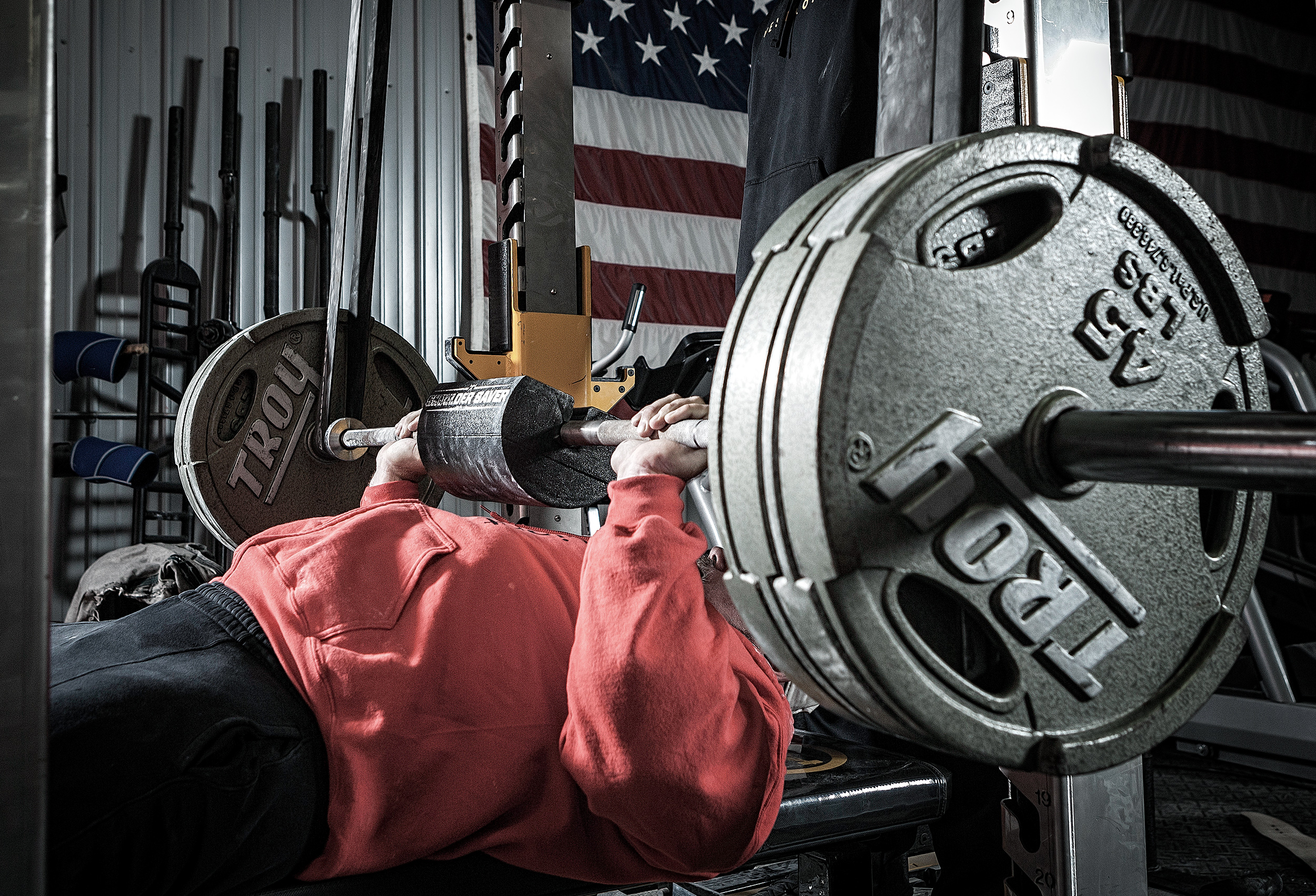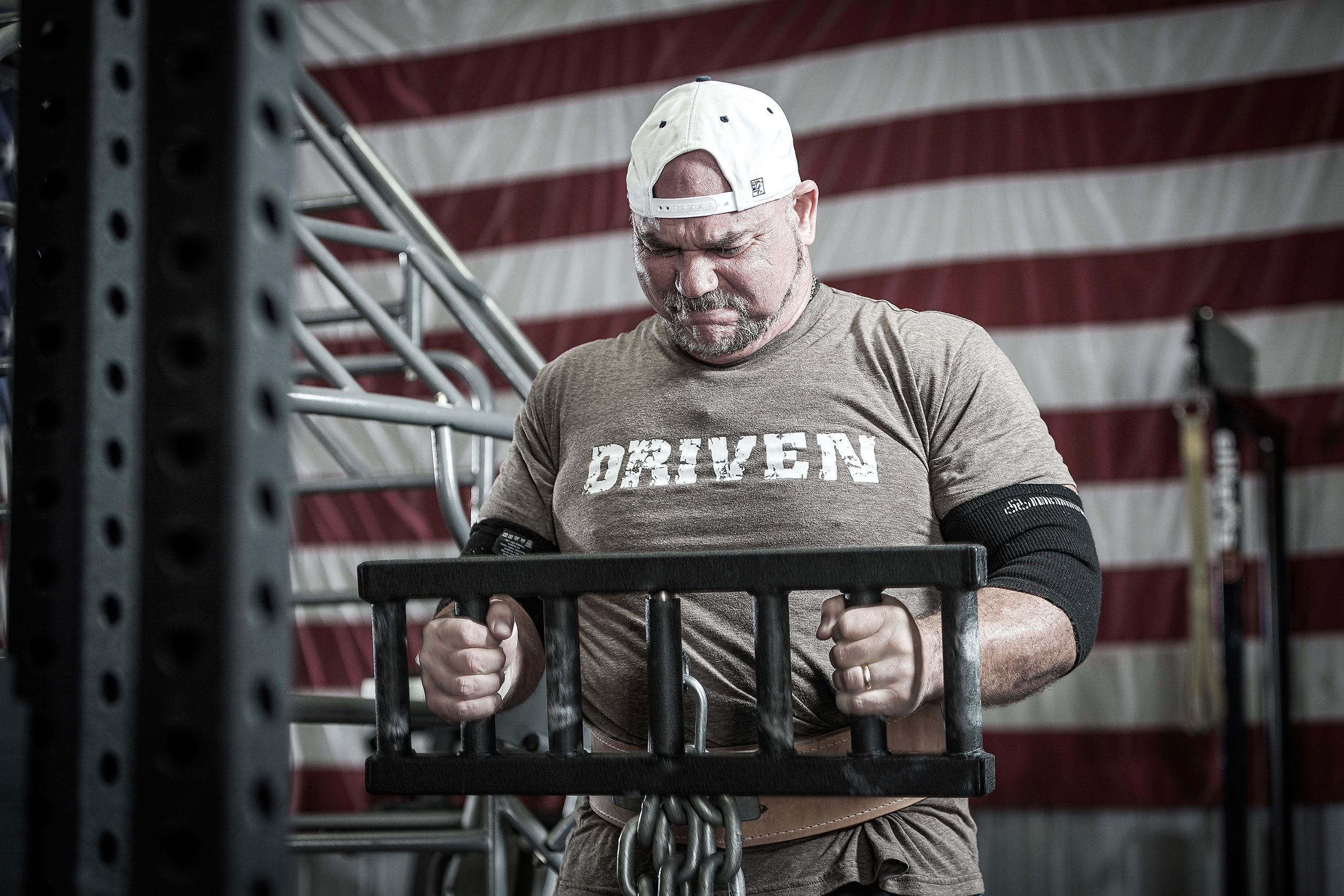
This article is a continuation of 'Dominance in Movement: Finding the Dimmer Switch.'
There’s a concept in business management called the Peter Principle. Essentially, an employee will perform up to their level of competence; beyond that level, they will be unable to perform and reach a level of “incompetence,” or ceiling. When you’re taxing a system with load, especially with what we do, your body will access whatever pattern you’ve cultivated strength or competency in to accomplish the task — unless you are intentionally (and successfully doing) accomplishing it otherwise. One of the PT’s I look up to most, Charlie Weingroff, brings up a point from a workshop he went to: “You can’t just strengthen a muscle and expect it to do the right thing.”
This is rehab as training. The dialed down chain has a lower threshold of ability. Increasing the difficulty of the task means you need to bring in the star player: why would you start your second or third string in the championship game? So a dialed down dimmer switch is one instance of potential inhibition. Is inhibition a byproduct of “over-activation” of opposing muscles (e.g. a dominant preference)? Is it secondary to pain or inflammation? I’m not sure you can definitively say; there are a number of reasons it can happen. I do know one thing: you can’t strengthen what you can’t find. This gem from another mentor tied things together for me.
RECENT: Dominance in Movement: Finding the Dimmer Switch
Ultimately, muscles pull on bones. It’s how we move. This routine pull can contribute to the ‘home base’ posture I mentioned earlier in the article, as well as affect joint alignment, which alters kinematics and force distribution, and plays a role in joint stability. Moreover, consider that muscles have both a proximal and distal point of attachment and that we move in a tri-planar fashion — rarely a straight line (again, hamstrings and adductors are fantastic examples of this in a three-dimensional model). Increased or decreased preference of these muscles can alter the direction forces at both the proximal and distal attachments (think pelvis/hip/lumbar spine, and knee). So your compensation, preference, or dominance, is going to have an effect on more than just one segment or joint, and likely more than one plane of motion.
There’s a concept in stroke rehabilitation that the inability to find and strengthen a stable base of support can lead to increased risk for soft tissue injury. Call me crazy, but I don’t think we’re a whole lot different: our nervous system drives our movement. I’ll use one fairly simple example going forward, because it’s a pattern I see all too often in the powerlifting population that has altered their ‘home base’ inside and outside of the gym: constant extension and increased lumbar lordosis. Think extreme reliance on erectors and lats, pulling on the back of your pelvis. Don’t get me wrong; we need to stay upright under a bar, and we NEED a strong back.
Broadly speaking, there are a few things that happen here that are maladaptive:
- Lengthened gluteals. Lengthened generally means weak. Check out how big the attachment site is for your glutes on your pelvis. THAT is a key player you NEED in the game for stability. Large site of attachment = large potential for control and power production.
- Lengthened abdominals. Ever feel like you get pitched forward in your squat? You may not have the abdominal strength to brace your pelvis properly and keep your hips in a good position, because they’re positioned to be long and weak. In this case, there’s a strong possibility you’re probably using your diaphragm as a spinal stabilize. The “big breath” becomes braced at the spine, in a way that actually makes it MORE difficult to get a deep breath in, rather than filling your intra-abdominal cavity for stability. This can be changed by position or balancing the dimmer switch. Try this yourself, standing up. Arch your back as much as you can. You’ll likely feel your ribs flare out or up, the front of your torso lengthen. Try your best to get a deep breath in. You’ll likely feel your upper chest inflate more than anywhere else and feel it difficult to “fill” for a deep breath.
- Short, tight quads. Strong quads are daggum important, and underdevelopment can lead to other issues. This, however, is where that compensation (read: preference) becomes used, and overused, and pretty soon your short, tight quads are not only strong, but they’re so strong they continue to pull the top of your pelvis forward into that “arched” position, further lengthening the gluteals and abs, which continues to feed this pattern going forward, making it tougher to ‘find’ anything else once you’ve added weight to a bar and increased demand.
- The hip joint. Basic ball and socket joint, right? If you take the socket and tip it forward, there’s a slight change in the orientation of the joint altogether in a way that creates increased stress on the anterior structures of the hip. You’ve, in a way, put the hip in a position of relative extension all the time. This position also makes it very difficult for the hip to rotate as it needs to. As a (very) general rule, staying at or near end range motion isn’t ideal for maintenance of joint health or implicated surrounding structures.
The “dimmer switch” for that extension pattern being constantly dialed up has become maladaptive.
Chris Duffin talks about inflating your obliques when you brace; it's something that Alexander Cortes and I talked about at the second elitefts Powerlifting Experience last year, too, and got me thinking a bit.
Want to know why that’s so effective? Take a look at where they attach, and the fact that they are TWO layers that run in differing directions. Hello, multidirectional stability, literally from your pelvis all the way up to your ribcage. Your ribs and what they’re doing when you breathe and brace are a big deal. They’re the interface between your deep breath and your hips/pelvis. They are the top portion of the “stable base” you are trying to achieve, while the pelvis is the bottom. Muscles that connect the top and bottom? Those provide the stable base we want. Try that same breathing exercise from a minute ago, but this time, even with your back moderately arched, bring your ribs down (it may even be a little difficult to find this position), and get a deep breath in. You’ll feel your entire abdominal cavity and obliques inflate and should feel a much greater ability to actually, well, breathe in. You’ll keep a little arch, but the ribs down cue will provide enough “counter” to the back extension to keep your pelvis where it needs to be to permit your glutes to produce the power they should, while remaining upright under the bar.
This is an example of balancing the dimmer switches, in a very easy way. Unfortunately, it’s not always that easy. When we lift, we get REALLY good at dialing up the dimmer switches for certain chains and having overactivity in specific locations. And the more we do it, the harder it becomes to dial “down” the switch because we’ve created a preference for strength. You don’t need maximum extension in every activity you do, and the more you already “live” there, the harder it is to fully feel it. If you habituate in a position of near maximal extension, it becomes difficult to find more of it under a bar; you’ve already taken up or maximized a good bit of the full motion that you have. Instead, if you gradually found opposite chains, you could likely pursue co-activation (think: balanced dimmer switches) that increases stability. What does this mean? Pounds on the bar. Moreover, it becomes prevention of overuse injuries and soft tissue pathology because you’re not asking joints to operate near their end range.
This was one example of a pattern I see commonly, not only in lifting, but in clinical experience as well. Part of changing this pattern involves intentional inhibition — “dialing down” the dimmer switch for certain muscles, but only after you’ve already (unsuccessfully) tried to find the player you need to put in the game instead. Remember, you can’t strengthen what you can’t find. If you can’t find it, it might be because its opposing group is too dialed up.
Great—so what do we do with this?
It’s a little different for everyone, but chances are you have an internal radar and already know you tend to overuse certain strategies. And remember—that’s not always a bad thing; it CAN be advantageous at certain times. But how great would it be if you could actually feel that motion because you weren’t stuck in that position 24/7? I’d be willing to bet that over time, permitting proper balance between chains will let you maximize that strength more fully. Think about it this way: You have a friend that is incredibly talented at something. Unfortunately, that friend is so busy trying to accomplish the jobs of three other people that they can’t actually use their talent. Use that internal radar you have, and do the “boring” work that we often neglect in training. Think your quads carry your squat? Great. Keep them strong. Try strengthening your glutes and core (intentionally! Remember, get to the why) and see if that actually permits those talented quads of yours to do a little more.
In the context of pain or injury, there’s a good chance that your preference has become so dialed up that you can’t shut it off. Most times I work with anyone in pain, whether it be clinically or athletically, there’s a patterned dominance that has contributed to either soft tissue pathology, poor joint alignment, or other manifestations of overuse. Try isolating the opposing action at first, gently. Remember the Peter Principle: Ask a muscle to do its job within its level of competency; the goal would be to see that level increase over time. Under most circumstances relating to injury, if you tax the system TOO much, you’ll continue into the pattern you’re already strong in.
At the end of this, remember: you don’t do “life” under a bar. There are far too many athletes that walk like Frankenstein: don’t be that. It is a choice you make with a few minutes of maintenance, and awareness during the day. Turn it on when you need to, but find a way to turn it off, too. You need to be able to access other patterns routinely, partially for health, so you can do things like bend down to pick up your kids, or play football with them. Life happens outside the sagittal plane. From a performance standpoint, turning “off” at times may help your body actually identify what your lifting technique needs to be because it’s different than the rest of how you do life. If you tend to dial into certain tendencies in training, try spending five minutes at the end of the day doing a very mild position of the opposite pattern. Be intentional and step back to evaluate the “how” between your actions and intent. I love the parts of life that happen with a loaded bar, but I love being healthy and mobile enough to fully enjoy the rest of it. Don’t be that guy or girl that has to walk like there’s a bar on their back all the time because they don’t know how to shut off that preference.













